The Secret Is Out: Mitchells Stores Sell More Women’s Than Men’s
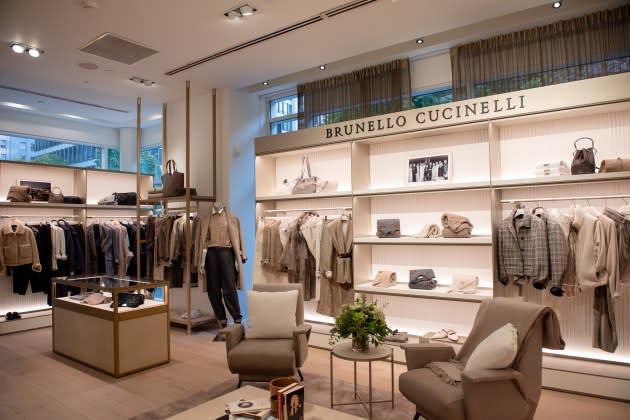
Listen up, fashion industry. Bob Mitchell is ready to shout it from the rooftops: Mitchells Stores actually has a higher percentage of women’s sales than men’s.
“We’re still perceived as a men’s store,” he said. “The best-kept secret about our business from both an industry and client perspective is that 56 percent of our sales are women’s.”
More from WWD
Walmart Banks on Generative AI to Improve Customer, Seller Experiences
Liquid I.V. CEO Mike Keech Talks Balancing Virality and Sustainability Across the Hydration Category
Mitchell is co-chief executive officer of the $200 million luxury Connecticut-based retail conglomerate that encompasses eight stores under the Mitchells, Richards, Marios and Wilkes Bashford names. “We think we’re the largest women’s specialty store in the U.S. — and it’s been that way for some time,” he said.
It’s not surprising that Mitchells has long been seen as a men’s store. The business was founded in 1958 by Ed and Norma Mitchell “with three men’s suits, a coffee pot and a dream” in an 800-square-foot former plumbing supply shop in Westport, Conn. Over the years the company expanded on both coasts by acquiring competitor Richards, a men’s-only store in nearby Greenwich, Conn., as well as Marios in Seattle and Portland, Ore., and Wilkes Bashford in San Francisco and Palo Alto, Calif., both of which also started with men’s only and added women’s later on.
But in fact, Mitchells has sold womenswear in its flagship in Westport since the mid-1960s, Wilkes has been in the women’s business since 1978 and Marios added womenswear in 1980 after 20 years of just selling men’s.
“When I came into the business in 1991,” Mitchell said, “women’s was about 15 or 16 percent of the total. Richards was a men’s-only business until we moved it across the street in 2000. Today, Richards does more women’s than men’s sales, too, and it has dramatically less square footage.”
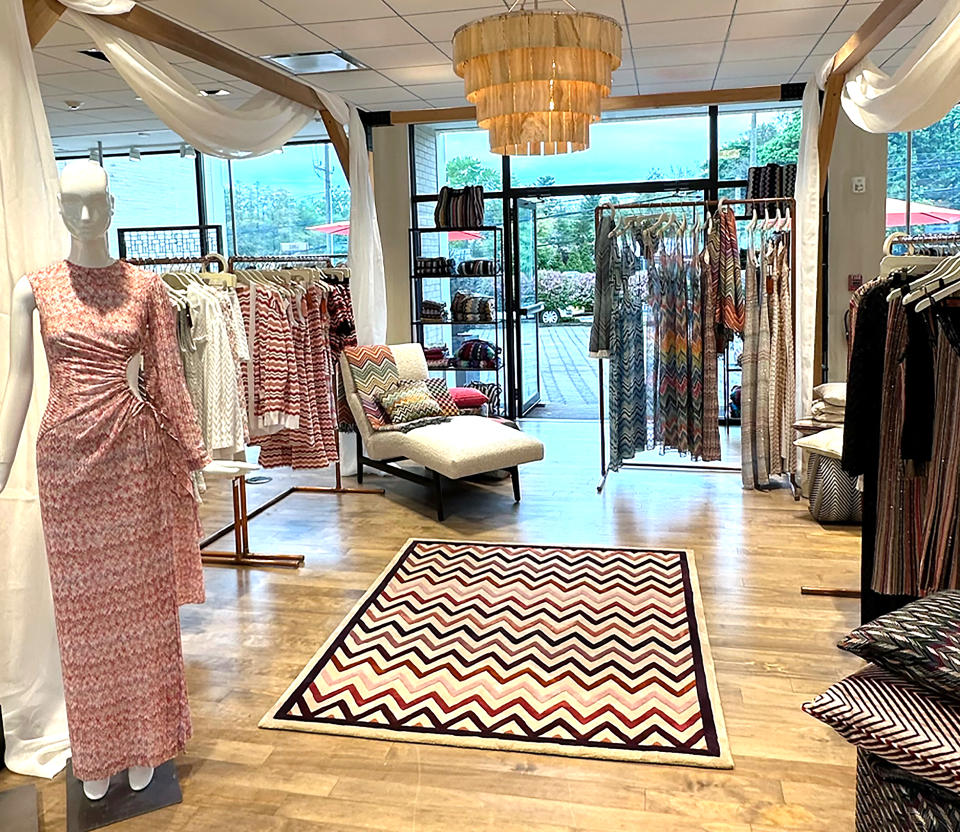
When Wilkes was added to the company, Mitchell said it had an “underpenetrated” women’s assortment and no jewelry. Marios had already developed a strong women’s business when it joined the Mitchells family in 2015 but has since added jewelry as well.
Over the past four years, said Andrew Mitchell-Namdar, chief marketing officer and vice president of e-commerce, women’s sales have grown 32 percent even though no new stores have been added to the fold. “This year alone, we’re up 11 percent,” he said.
“Our continued strategy with acquisitions is to build out women’s and jewelry,” Mitchell said. “By definition, the women’s market is bigger and as more people discover us, those numbers will get even higher over time. We still love the men’s business but we have the right team to do women’s now and we’re seeing the results.”
That team is led by Angela Pieretti, general merchandise manager of women’s for the company.
“One of the biggest changes in the last four years is in our buying team,” Pieretti said. Although she has been with Mitchells for 24 years, she was elevated to GMM of women’s four years ago. For the lucrative jewelry area, Jennifer Farrington, the wife of Mitchells’ men’s GMM Dan Farrington, oversees that department.
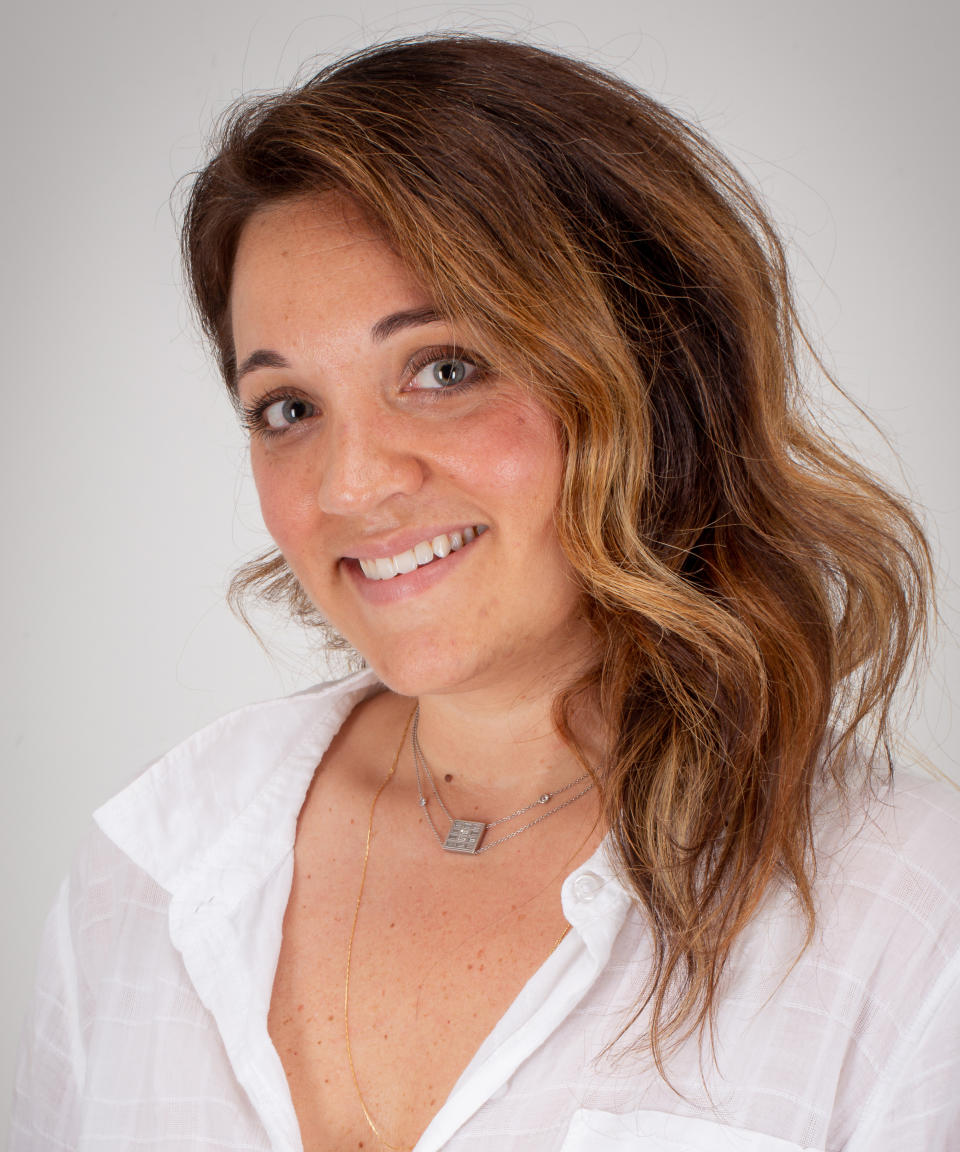
Mitchell said the stores have had success creating a total look for their female customers. “We offer an amazing mix of different styles and looks,” he said.
Pieretti said that while designer merchandise represents close to 70 percent of the business, the store has expanded its assortment to include a range of price points and categories. The largest ready-to-wear brands are Brunello Cucinelli, Akris, Kiton, Loro Piana and Carolina Herrera, Pieretti said, while the fastest growing collections are Celine, The Row, TWP, Khaite and Nili Lotan. In shoes and bags, top sellers are Loewe, Gianvito Rossi, YSL and Bottega Veneta. Made-to-measure is also a big growth area.
“What’s happened over the years is we have the buying power,” Pieretti said. “And we’re curating the assortment for a woman.”
“We offer a nice mix of fashion and luxury for a head-to-toe look,” Mitchell-Namdar said.
“One of the biggest misnomers,” Mitchell said, “is that you can’t create the same loyalty in women’s as in men’s. That’s just not true. We are getting the same loyalty in women’s and when we get both people in the household, spending goes up and they’re here more frequently. And if we have both closets, we want the jewelry box as well. So in this case one plus one equals three.”
Mitchell believes that his stores are benefiting from the rise in monobrand stores coupled with the concession model that is becoming more rampant at high-end department stores. “We don’t believe that’s how the luxury customer likes to shop,” he said. “And that plays into our ability to capture the luxury client.” By providing a “great, high-touch, in-store experience,” free alterations for both genders and best-in-class technology to enhance the physical experience, Mitchells is able to develop that all-important loyalty.
“Price is not a strategy for us,” said Mitchell-Namdar.
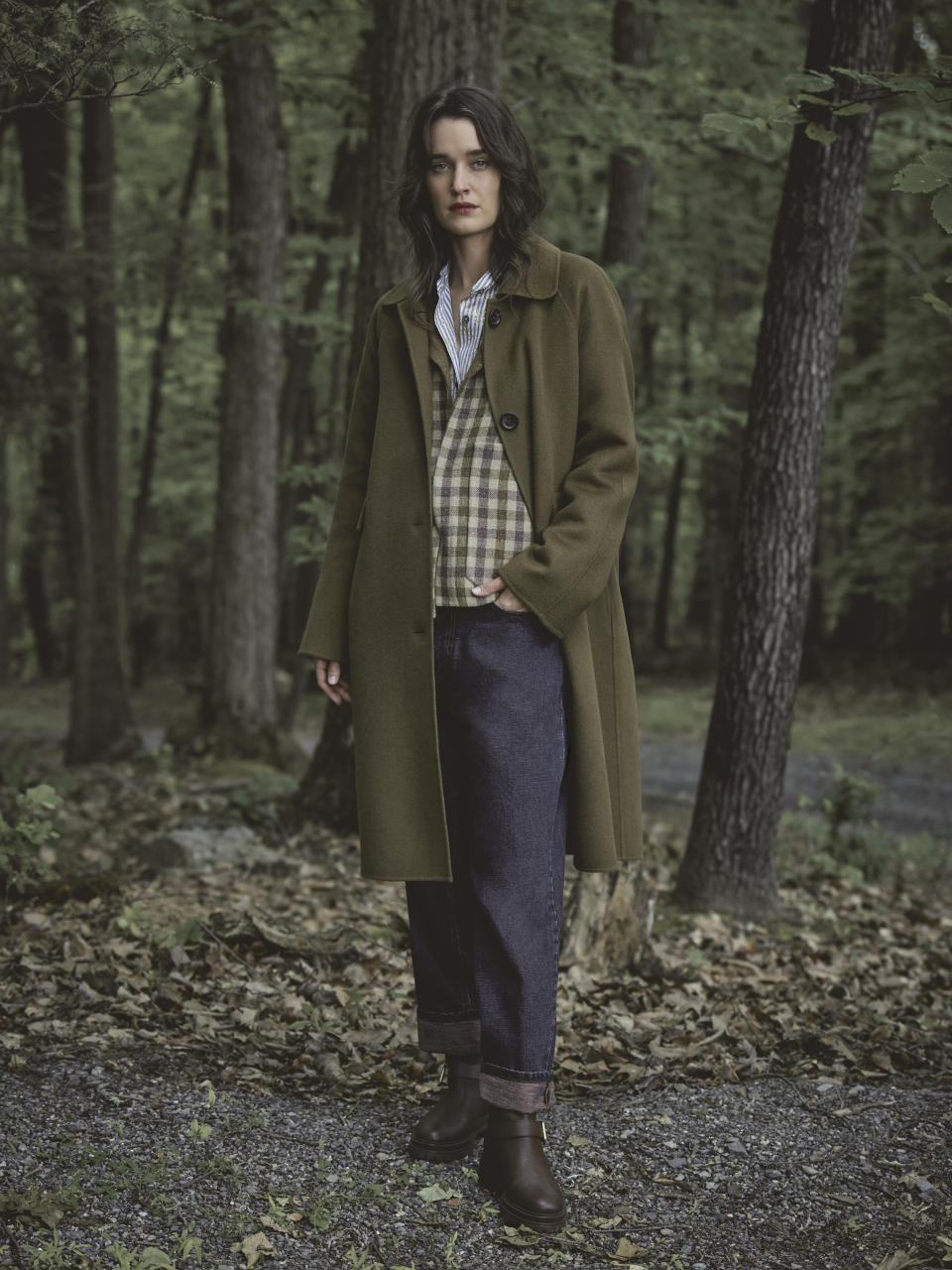
Instead, the stores host trunk shows for many of its most-important vendors such as Kiton, Cucinelli and Loro Piana to “expose our top clients to the brands,” Mitchell said. In addition, the store hosts trips for some of its top customers to Milan, Paris and other luxury destinations. Pieretti said one of these trips was a mother-daughter getaway where they were able to shop together and be introduced to the new collections from some of the stores’ top brands.
“These trips are with small groups but they generate over $1 million in sales,” Mitchell said. “They’re significant. We started with ready-to-wear but now we’re doing it for jewelry too. It’s become an important piece of the business and takes the relationship with the clients to a new level.”
To do women’s justice within the stores, they need to be a certain size, but not too big, the team believes. “You need 25,000 to 30,000 square feet, not 200,000 to 400,000,” Mitchell said. “The luxury customer wants a little more intimate experience.”
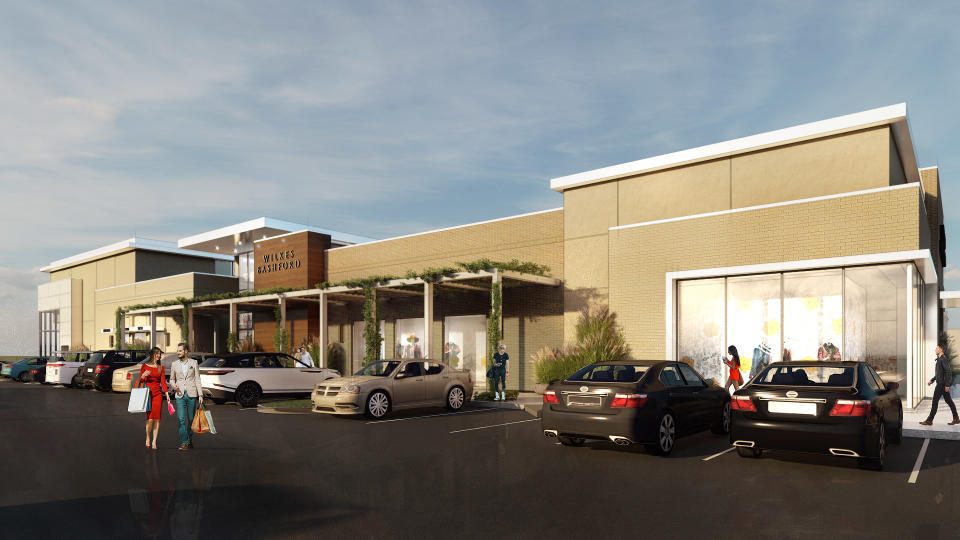
That’s what they’ll get in the new Wilkes Bashford store being constructed in Palo Alto. The existing store in the Stanford Shopping Center is 9,000 square feet, but in November, the company will throw the doors open to a new 23,000-square-foot store on the other side of the center. It will include a large, private VIP shopping area, a kitchen and other amenities. When completed, Mitchell said it will be the largest new multibrand specialty store in the U.S. And the expanded square footage will allow the company to “really amp up the women’s and jewelry,” Mitchell said. “We think there’s a big opportunity there.”
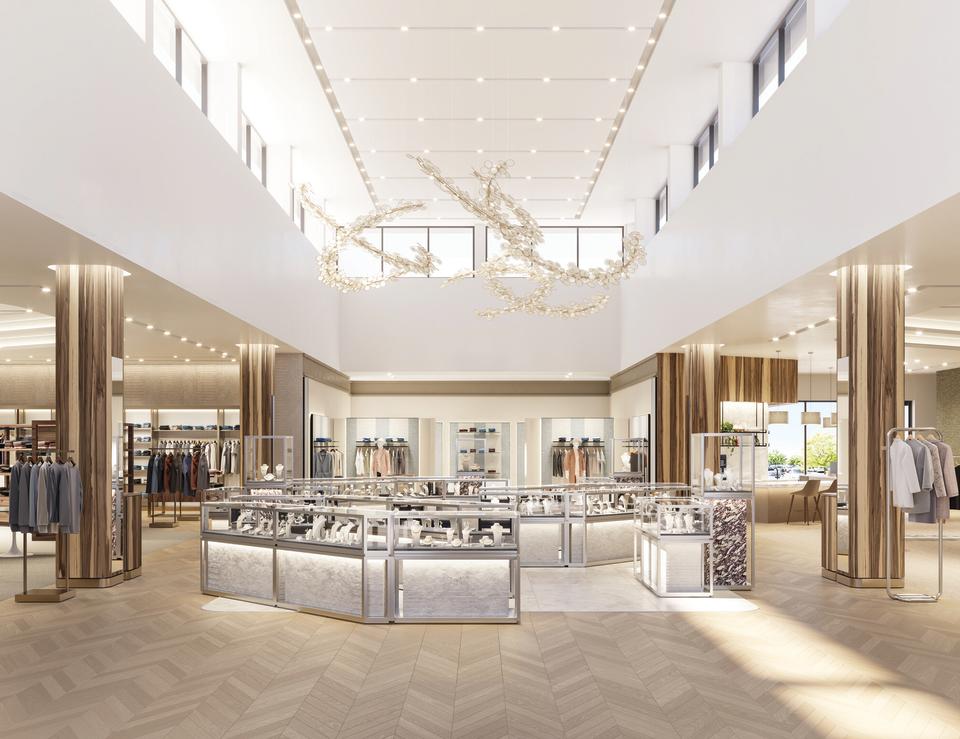
But it’s not just in the physical stores where women’s can shine. “We continue to use digital in a much larger way,” said Mitchell-Namdar. “First and foremost, we’re a brick-and-mortar company, but our online business is up 20 percent this year. We can use our digital tools to communicate with customers 24/7.” That includes employing stylists who can reach out to customers whenever they’re ready. “By providing the best style advisers with the tools they need, we create that magical customer loyalty,” Mitchell-Namdar said.
The Mitchell family may soon expand this strategy to Florida, a state where many of its customers from the Northeast relocate during the winter — or already did permanently during the pandemic. Mitchell acknowledged that rather than acquiring an existing store in the state, the company is “looking to build from the ground up.” He said they’re currently searching for the right space in the West Palm Beach area. And they’re in no hurry; Mitchell said it will probably be 2026 before a new store is added.
At that point, the company will also have to decide which name to put on the facade. “We’re thinking it’ll be some combination of Mitchells and Richards,” Mitchell said. “We have the most recognition on the East Coast of those two brands.”
Mitchell-Namdar added: “If we were to open in L.A., we’d use the Wilkes name. We’ve created regional brands of true specialty stores with curated selections in each city.”
Wherever they go next and whatever the name is, that strategy won’t change as the company continues to grow. “That’s a strategy we believe in,” Mitchell said. “Our goal is to continue that so our stores don’t all look the same.”
Best of WWD